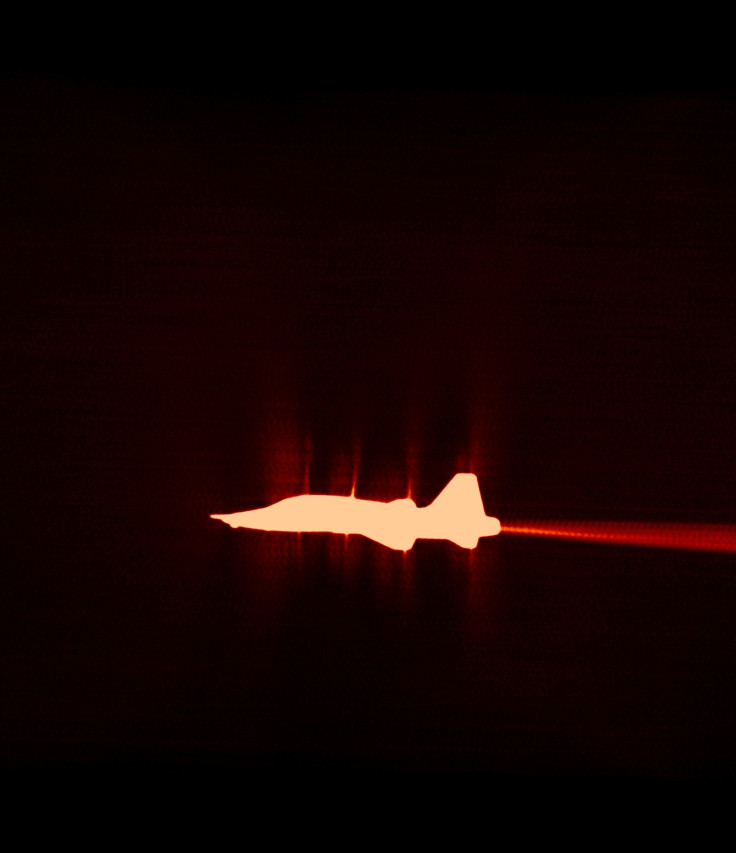Nasa's stunning new photo reveals what a high-speed jet's sonic boom looks like
The space agency reinvented a 150-year-old technique to capture supersonic motion as well as the shockwaves of a jet.

Nasa has managed to capture the sonic boom of a high-speed aircraft in a stunning new photo. The space agency took the image after reinventing a century-old technique and using the Sun as a backdrop.
Nasa is currently working on a 'quiet' supersonic jet – an aircraft capable of breaking the sound barrier without producing a vexing 30-mile wide shockwave, or the so-called sonic boom. The agency is inching closer to bringing the craft to life, but before any of that, it had to introduce major design changes after noting how these shockwaves are produced as the aircraft goes supersonic.
For this, the agency reinvented a 150-year-old technique designed to capture the supersonic motion of objects. The method, called Schlieren imaging, involves tracking the tiny distortions which are produced in a uniform background due to the high-speed motion of a passing object.
However, as the method was limited in range and scale, Nasa had to make some changes and use the Sun as a backdrop for the photo.
The above image shows the jet in a transonic phase – moving from subsonic to supersonic speeds – while passing in front of the Sun. It appears to cause a partial 'eclipse', with shockwaves forming as it goes beyond the sound barrier.
Nasa even posted a video showcasing how the technique was used to capture the jet and the shockwaves from it.
The camera system used for capturing this image had a "hydrogen alpha filter", which captures a very specific wavelength of light produced by the Sun. "This is what gives the Sun's surface the granular texture we need to be able to get these images," Nasa researcher Mike Hill said.
It is worth noting that this image was taken from the ground when the plane was flying at an altitude of around 15,000-20,000ft.
However, when the new 'quieter' jet debuts in 2022, it'll be flying way above that altitude, at around 60,000ft. To capture the motion and shockwaves from that aircraft, the imaging system will be positioned on a second chaser aircraft and an air-to-air shoot will be undertaken.
"The main objective here was to see what the image looks like at close range, including what kind of shockwave structure we can make out," Hill added. "We needed to use our new compact camera system in order to get an idea of the quality of the images of those shockwaves using a smaller system."





















